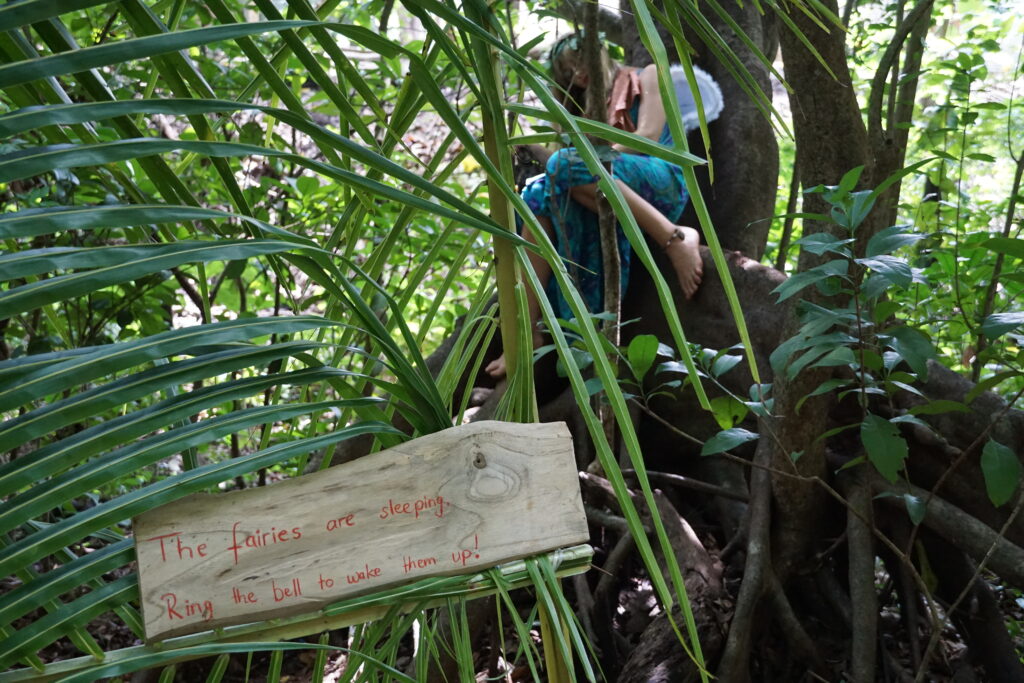Halloween origin
The origin of the Halloween celebration goes back to the Celtics more than 3.000 years ago, according to the University of Oxford [National Geographic, Oct 2022]. Celtic towns in Europe used to celebrate their new year, also called Samhain, which today is celebrated from October 31 until November 1. Samhain marked the Celtic New Year, the end of summer, and the end of the harvest season. It also represented the beginning of winter, which the Celtic pagans associated with death. On this day, the Celts believed the veil between the living and the dead was especially thin. This allowed spirits of the dead to visit the living.
Celebration today
This festival or ritual served the purpose of giving farewell to Lugh, the Sun God, and welcoming the short and cold nights that Autumn would bring.

Thus, the night before, the eve of Samhain, continued to be celebrated with bonfires, costumes and parades, but it began to be called “All Hallows’ Eve”, which ended up leading to “Halloween”. Halloween traditions differ around the globe, but generally there are the famous Halloween candy, trick or treating, spooky costume and carving pumpkins.
All Saints’ Day, All Souls’ Day and Day of the Dead

In some cultures and religions, the days of November 1 and 2 mark the celebration of All Saints’ Day, All Souls’ Day and Day of the Dead. In the catholic religion All Saints’ day, on November 1st, venerates all the holy men and women who have been canonized by the Church. This celebration is followed by All Souls’ day, on November 2, which commemorates all who have passed within the faith. On the day of the dead, we pay respect to our ancestors and remember their influence. Altars are lifted and decorated with tokens to remind us of their presence.
Halloween at Waldorf Schools
In Waldorf schools, Halloween and Day of the Dead or All Saints’ Day are celebrated with different rituals or events. One special way to remember Halloween, as we did at Guanacaste Waldorf Inspired School, is to dress up with friendly costumes that are conducive to be fun and spark imagination.
Dressing up
As we bring the festival of Halloween to the Early Childhood Classes we try to honor the spirit of its origins as well as honor the children at their stage of development. This age demands goodness, beauty, security, protection. It is also a time of imagination and living in a stream of constant transformation whereby one minute they are kittens and the next sailors, farmers, princesses or kings; then off to be a mother or a baker and then to build a train and be an engineer—and so it goes. When dressing up, one changes one’s identity for a period of time. Young children striving towards their own identity need to seek the identity of those who are worthy of imitation. To dress up in the costumes of characters who represent harm or media characters that come from somebody else’s imagination are opposite to our intentions in the Early Childhood Classes.
Carving

As pumpkins are grown in colder places, they are not readily available at a tropical place, such as Costa Rica. But carving is a Halloween activity that cannot be missed. It could be a work of art and the children enjoy it. We solve this by carving tropical fruit, creating very unique watermelon, pineapple and papaya jack-o lanterns.
Carved Pumpkins are often placed outside signaling the welcoming of trick or treaters.
Enchanted Forest
The older grades children would dress up as well as the young German volunteers with friendly costumes with a forest theme. The magic surrounded our forest with fairies, gnomes, blacksmith, enchanted wizard, bubble fairy, little red riding hood, and more.. They would appear in the enchanted forest trail walk that the younger children took with their teachers. The magical characters shared special fruits and treats from the forest such as: “uchuvas”, coconut, strawberries, raisins, and cashews. This event became so popular that we would bring it back to light during our Winter Holiday Market.
Regardless of the way this special Autumn festival is celebrated, the importance of its significance to the different cultures is embraced and remembered to give respect to the Saints, all souls or to make it an opportunity to say “trick or treat”.



Songs and Poems
Some of these poems and songs have been collected throughout the different classes and years of celebration. We share with you the most popular ones among the children.
Five Little Pumpkins Nursery Rhyme lyrics
Five little pumpkins sitting on a gate, (show 5 fingers)
The first one said, (1 finger)
“Oh, my, it’s getting late.” (hands on cheeks)
The second one said, (2 fingers)
“There are witches in the air.” (point up and look up)
The third one said, (3 fingers)
“But we don’t care.” (wag pointer finger)
The fourth one said, (4 fingers)
“Let’s run and run and run.” (move arms like you’re running)
The fifth one said, (5 fingers)
“I’m ready for some fun.” (punch up w/both fists)
“Whooo!” went the wind,
and out went the light, (clap on “out”)
And the five little pumpkins (5 fingers)
rolled out of sight. (roll arms)
Pumpkin Pumpkin round song
Pumpkin, Pumpkin round and fat (cover eyes with hands)
turn into a jack-o-lantern
just like that (take the hands off and make a funny face)
Pumpkin
A pumpkin is big ( circle hands over head)
A pumpkin is round ( circle hands in front)
A pumpkin has a great big smile ( outline smile on mouth)
But doesn’t make a sound ( Put finger over lips)

















